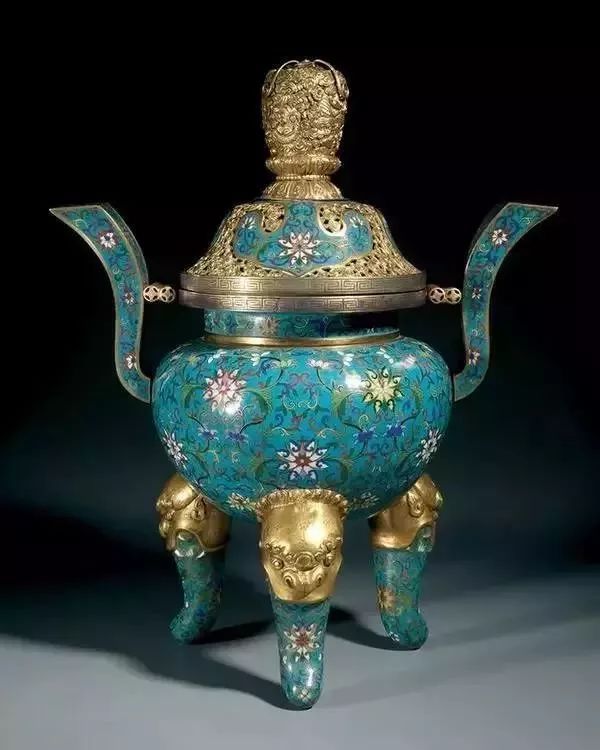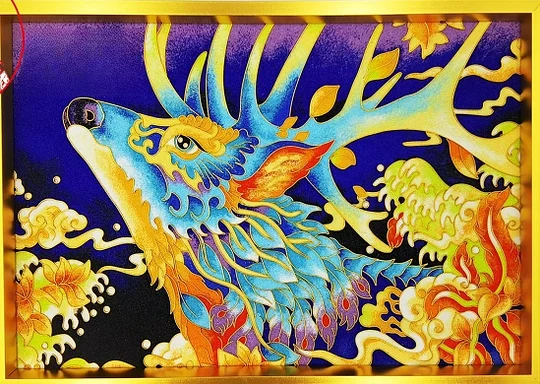What's cloisonne painting art?
Apr 20, 2023
Cloisonne painting art is developed from traditional cloisonne.
So what's cloisonne?
Cloisonne is a traditional enamel technique that involves decorating metal objects, typically copper or brass, with colorful enamel materials. The term "cloisonné" comes from the French word for "partition" or "compartment," referring to the small cells or compartments created on the metal surface.
The traditional cloisonne craft can be divided into the following steps:
1. Filigreeing
Use tweezers to glue the thin gold wire along the pattern lines
2. Welding
Firing at a high temperature of 900 degrees, the gold wire pattern is firmly welded to the copper tire.
3. Coloring
Use a spatula to fill the cells with various colorful enamel glazes
4. Firing
Put it into the kiln for firing, and use a high temperature of 800-1000 degrees to melt the powdery glaze.
5. polishing
Put the fired utensils into the water, and smooth the uneven blue glaze.
6. Gilding
The purpose of gold-plating is to prevent the metal body from corroding and rusting, and to make the utensils brighter and more resplendent. A beautiful and eye-catching cloisonne is completed.

The history of Cloisonne
Among the earliest examples of cloisonné are six Mycenaean rings of the 13th century BCE. The great Western period of cloisonné enameling was from the 10th to the 12th century, especially in the Byzantine Empire. In China, cloisonné was widely produced during the Ming (1368–1644) and Qing (1644–1911/12) dynasties, Cloisonne crafts have always been exclusive items for the royal family. In Japan, it was especially popular during the Tokugawa (1603–1868) and Meiji (1868–1912) periods.
Cloisonnes are valued for their craftsmanship, detailed designs, and the use of vivid colors.
Today, cloisonne continues to be practiced as a traditional art form, preserving its cultural significance and aesthetic appeal. It is also appreciated by collectors and art enthusiasts worldwide.
What's cloisonne painting art?
The cloisonne painting art still uses the techniques of traditional cloisonne craft, but some simplifications have been made. We can create gorgeous masterpieces easier without the process of firing and polishing.
Cloisonne enamel painting art breaks through the limitation of the traditional technique that it can only be attached to the copper body in the past, has more "possibility", has a wider range of production themes, and can also show surprising three-dimensional artistic effects.
The cloisonne painting art can be divided into the following steps:
1. Filigreeing
Apply gold-fixing glue to the lines of the pattern, and wait for 3-5 minutes, when the glue is about to dry, place the gold wire on the glue to fix it.
2. Coloring
Add some water to the colored sand and then use the spatula to scoop out colored sand to color the canvas.
3. Coating
After the coloring, wait for 2-3 hours and then spray the laminating glue against the painting. After 30 hours, the glue will dry out and become transparent.






